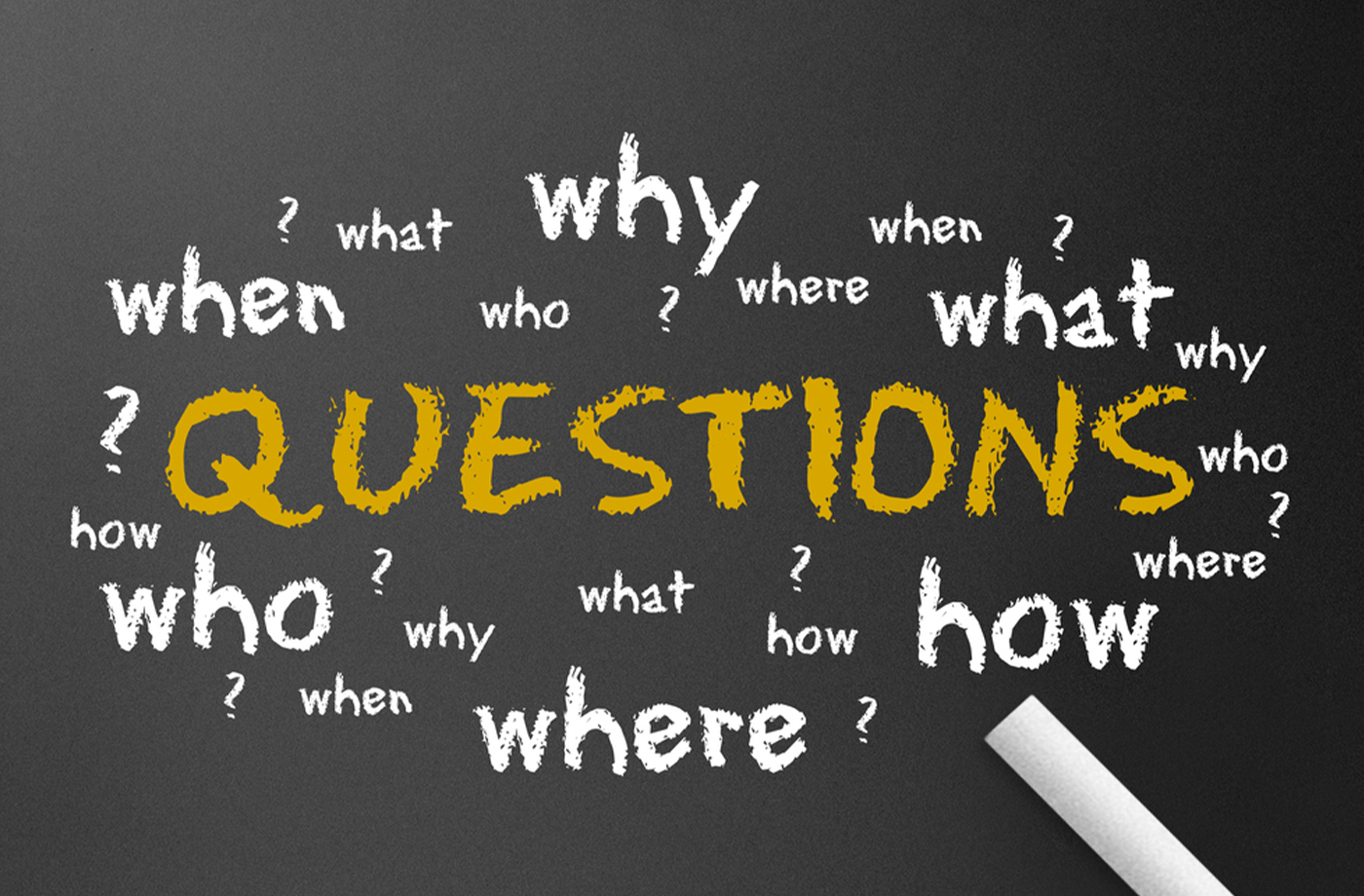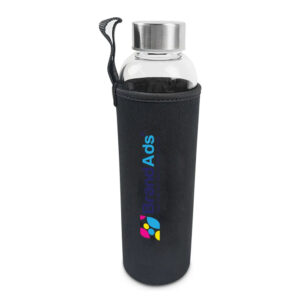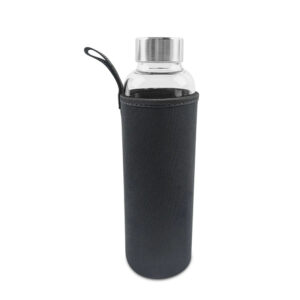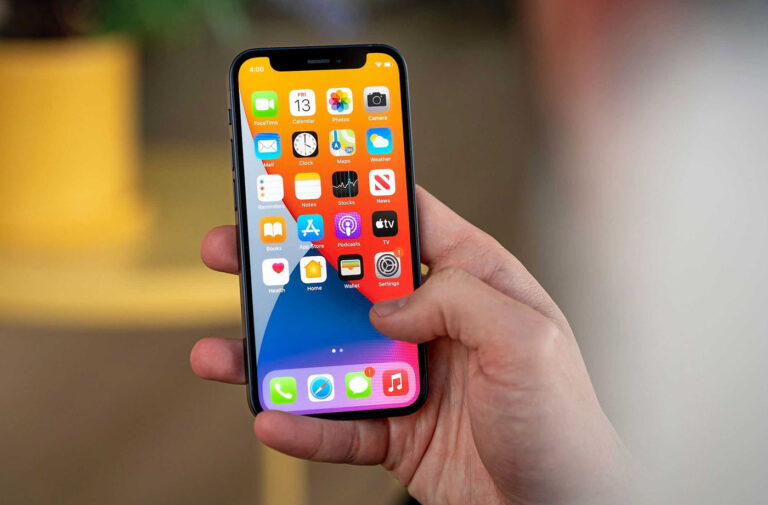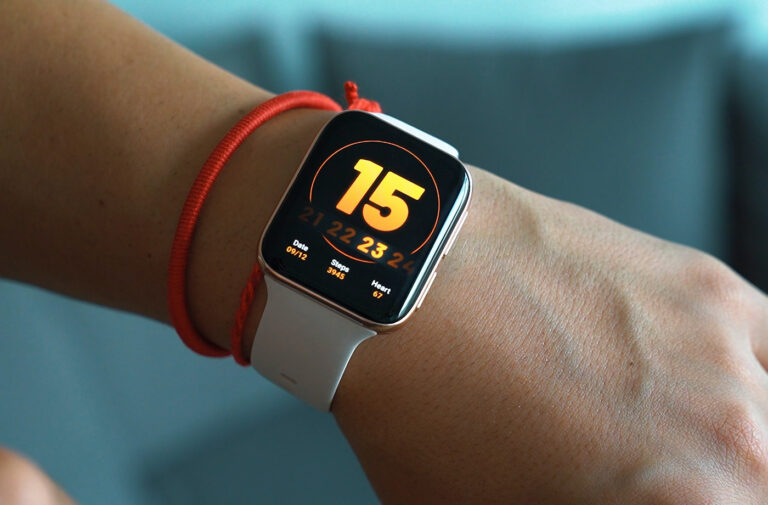Understanding your customer’s needs is the foundation of successful selling. The right questions can reveal pain points, motivations, and buying signals—helping you tailor your pitch and close deals faster.
In this guide, we’ll break down 50 powerful sales questions into categories so you can:
✅ Build trust and rapport
✅ Identify challenges and goals
✅ Position your product as the perfect solution
✅ Handle objections confidently
✅ Close more sales
1. Rapport-Building Questions (Warm Up the Conversation)
Before diving into business, establish a connection to make the customer comfortable.
- How’s your day going so far?
- What got you interested in ?
- What’s the biggest challenge in your role right now?
- Have you tried any solutions before? What worked or didn’t?
- What’s your biggest priority this quarter?
Why these work: They shift the conversation from salesy to consultative, making the customer feel heard.
2. Discovery Questions (Uncover Pain Points & Goals)
Dig deeper into what the customer truly needs—not just what they think they need.
- What’s the biggest frustration in your current process?
- If you could solve one problem right now, what would it be?
- What’s stopping you from achieving [specific goal]?
- How does this issue impact your team’s productivity?
- What would success look like for you in 6 months?
- What’s the cost of not fixing this problem?
- Who else is affected by this challenge?
- What’s your biggest fear when choosing a solution?
- What’s your ideal timeline for solving this?
- How do you measure success with vendors?
Pro Tip: Listen for emotional triggers (frustration, urgency, ambition) to tailor your pitch.
3. Qualifying Questions (Assess Fit & Budget)
Not every lead is a good fit. These questions help you qualify prospects efficiently.
- What’s your budget range for this solution?
- Who’s involved in the final decision-making process?
- What’s your approval process like?
- Are you evaluating other options right now?
- What’s the most important factor in your decision?
- What would make you say “no” to a solution?
- If we meet your needs, when could you move forward?
- Have you had a bad experience with a similar product before?
- What’s your biggest hesitation right now?
- What would make this a “must-have” instead of a “nice-to-have”?
Red Flags: Vague answers, lack of budget, or no clear decision-maker may signal a weak lead.
4. Solution-Focused Questions (Position Your Product)
Now, align your product with their needs.
- How would [specific feature] help your team?
- What’s the #1 thing you need from a solution like ours?
- If we could guarantee [result], how would that impact you?
- Would you prefer a simple fix now or a long-term transformation?
- What’s more important—speed, cost, or quality?
- How do you currently handle [specific problem]?
- What’s missing from your current setup?
- If you had this solution a year ago, how would things be different?
- Would you rather save time, money, or stress?
- What’s the first thing you’d do if you had this today?
Selling Tip: Use their exact words when explaining benefits (e.g., “You mentioned X is a pain point—our tool fixes that by…”).
5. Objection-Handling Questions (Overcome Doubts)
Turn objections into opportunities.
- What’s holding you back from moving forward?
- If price weren’t an issue, would you choose this solution?
- What would need to change for this to be a “yes”?
- Is there anything I haven’t addressed that’s important to you?
- How can we make this a no-brainer for you?
- What’s the consequence of delaying this decision?
- Would a [demo/trial/discount] help you feel more confident?
- What’s the biggest risk of not solving this now?
- If you said “yes” today, what’s the first step?
- What would make you excited to move forward?
Key Insight: Most objections stem from uncertainty—clarify value, not just price.
6. Closing Questions (Seal the Deal)
Time to ask for the sale.
- Based on what we’ve discussed, does this sound like a fit?
- Would you like to proceed with [next step]?
- Should I prepare the contract, or is there anything else you need?
- What’s the best way to move forward—PO, credit card, or invoice?
- Can we schedule onboarding for next week?
Power Close: Assume the sale (“I’ll send over the agreement—do you prefer email or DocuSign?”).
Final Tip: Listen More, Pitch Less
The best salespeople ask great questions—then listen intently. Customers will tell you exactly how to sell to them if you let them talk.
Now, go try these! Which question will you use first? Drop your favorite in the comments. 🚀
(Need a downloadable list? Let me know—I’ll create a cheat sheet!)

